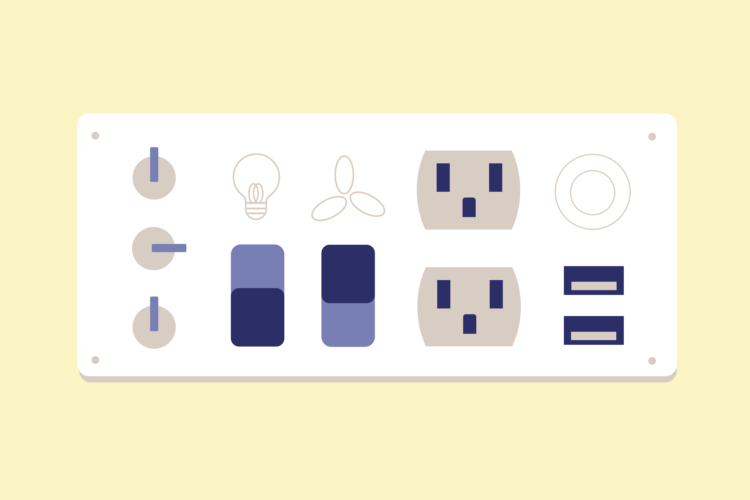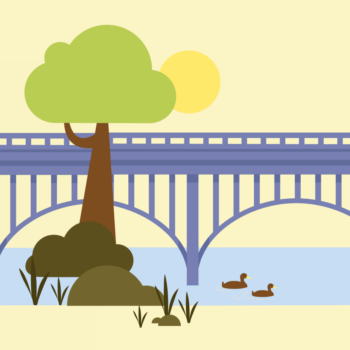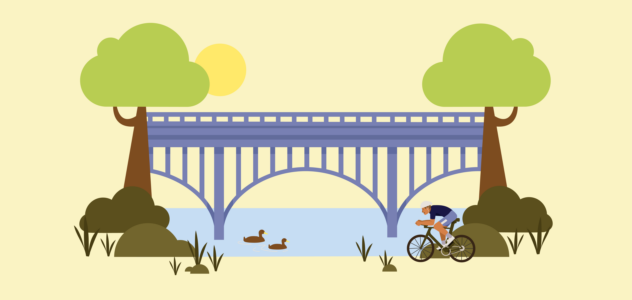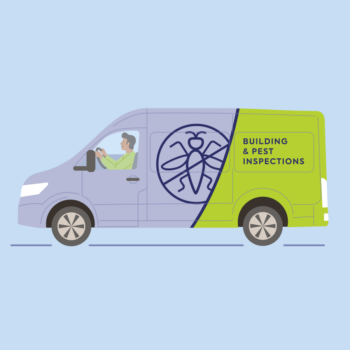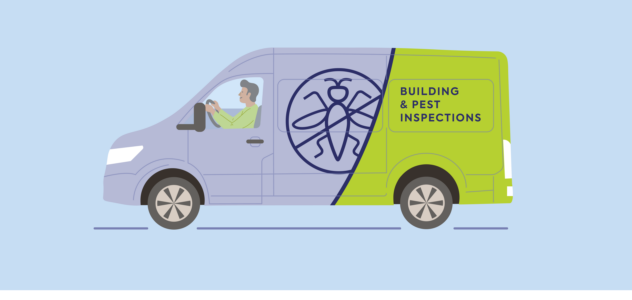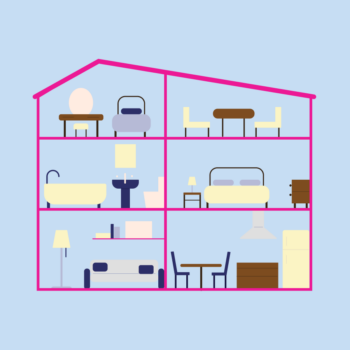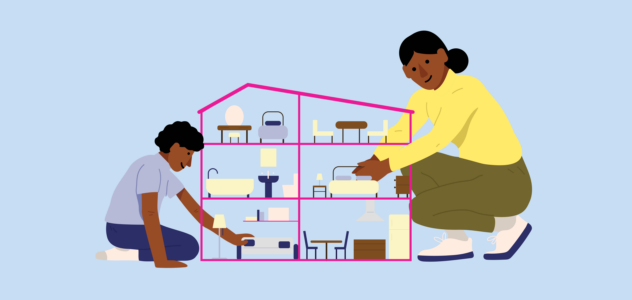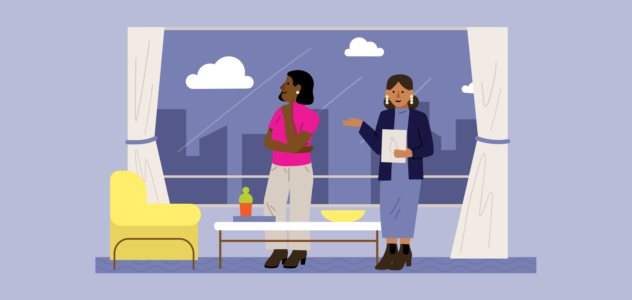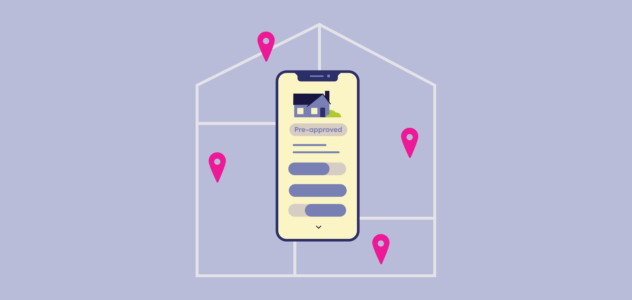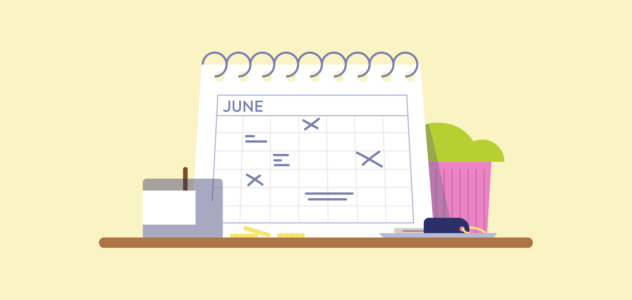Like the finish line of homeownership, settlement day is when the property title officially transfers from the seller’s name to the buyer’s name.
While the day itself is one to mark in your diary, the reality is, a lot of the action takes place before settlement day rolls around. That includes a pre-settlement inspection.
So let’s break down the final steps in your race to the finish – including the what, when and why of a pre-settlement inspection (scroll on down to get straight to the pre-settlement inspection checklist).
First, what even is property settlement?
Everyone talks about property settlement day like it’s a *big deal* (which it is, you officially get the keys!)
But what actually is it?
Property settlement is a legal process facilitated by legal professionals (like conveyancers) where the ownership passes from the seller to the buyer.
It’s when all the final pieces of the puzzle fall into place – the day when money changes hands, documents are signed and exchanged, and you can pick up the keys and pop the champagne.
So, what is a final property inspection then?
It’s all in the name – a final inspection is like the final look over before it becomes yours.
It’s usually done in the lead up to settlement to make sure everything is in the same condition as when you agreed to purchase it (that is, signed the contract of sale).
It’s particularly important if the house was being lived in during the settlement period – settlement can often go for 30 – 90 days, so there’s enough time for accidents to happen (ahem, like a fresh new hole in the wall).
But it’s important to remember, this inspection is generally for anything that’s changed after the contract of sale is signed. So if you didn’t notice that cracked glass when you signed the contract of sale, then unfortunately, that’s on you and there’s typically no obligation for the vendor to fix it.
Should you do a pre-settlement inspection? Do you need to?
Yes! Well ok, you’re technically not obliged to, but it’s strongly recommended.
While there are *hopefully* no issues, a pre-settlement inspection can help you avoid the worst-case scenario and any rude shocks. It’s also the ideal chance to make sure everything’s in working condition before ownership changes to your name. Seems like a no-brainer, right?
When should you do a pre-settlement inspection?
There’s no hard and fast rule, but a pre-settlement inspection is usually done a few days prior to your settlement day.
This leaves enough time for minor feedback and repairs (if they’re needed) and prevents any delays on settlement day. There may be different rules regarding when you can do a pre-settlement inspection between states and territories.
Who does a pre-settlement inspection?
The pre-settlement inspection is usually done by you – the buyer.
But you don’t have to go alone, you can take a witness or someone savvy with you. You can also call upon your buyer’s agent (if you have one) as an advocate for you. This is their time to shine.
Finally, your conveyancer generally doesn’t attend the pre-settlement inspection, but if you find any issues, they’re the first person you’ll want to talk to!
Now, let’s jump into your new house final inspection checklist.
Pre-settlement inspection checklist – what to look for
- Water pressure
Check the taps in the kitchen, laundry and bathrooms. Are they running smoothly (or like they were on your first inspection)?
- Curtains and blinds
In most cases, these are considered part of the sale, so check they’re still there and in the same condition they were when you agreed to the purchase.
- Any new signs of damage
This one is a biggie. Is there any recent water damage? Cracks in the walls? Mould? Any new damage is worth raising.
- Doors and windows
Open and close them to check they’re all functional (or at least, functioning as they were previously).
- Lights and electronics
Flick the light switches, do they all still work?
- Appliances
Test the appliances that come with the sale, like a dishwasher or washing machine.
- Smoke alarms
Can you see them, and most importantly, are they working?
- Heating and cooling
Turn on the heating and cooling system – is it working just how you remember?
- Pests
Are there any traces of pests or signs of damage, like termites or rodents?
Finally, remember you’re comparing the property’s current state to what you initially saw it in (if the cupboard doors were a little wonky at the initial open for inspection, it’s to be expected that they’re still wonky).
What happens if you find a problem?
In an ideal world, the property will be just how you remembered it and you’ll be getting excited to pick up the keys and make it your own.
But in some cases, you might come across something unexpected.
If you do find a problem:
- Take photos and notes (and compare with other photos you have from previous inspections or marketing photos online – it’ll be hard to prove without evidence).
- Chat with your conveyancer ASAP (they can help negotiate new contract conditions to rectify the problem).
In some cases, the sale price may even be able to be negotiated (particularly if a problem can’t be fixed before settlement day rolls around).
And finally, your buyer’s advocate can help you through this process, if you have one.
The countdown until settlement day
When you’ve done your pre-settlement inspection and things are looking great (or worst case, being rectified), let the countdown to settlement day begin!
If you have any questions or you’re ready to start the home buying process, our home loan experts (AKA brokers) are ready to help.

